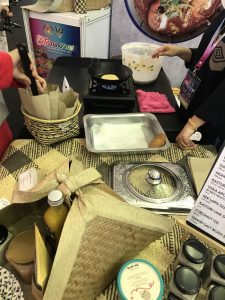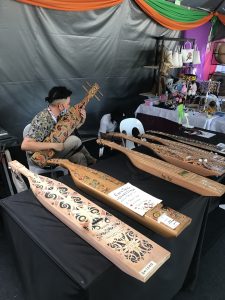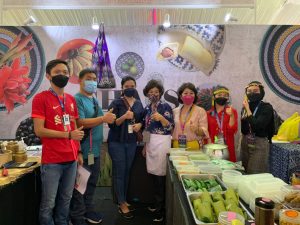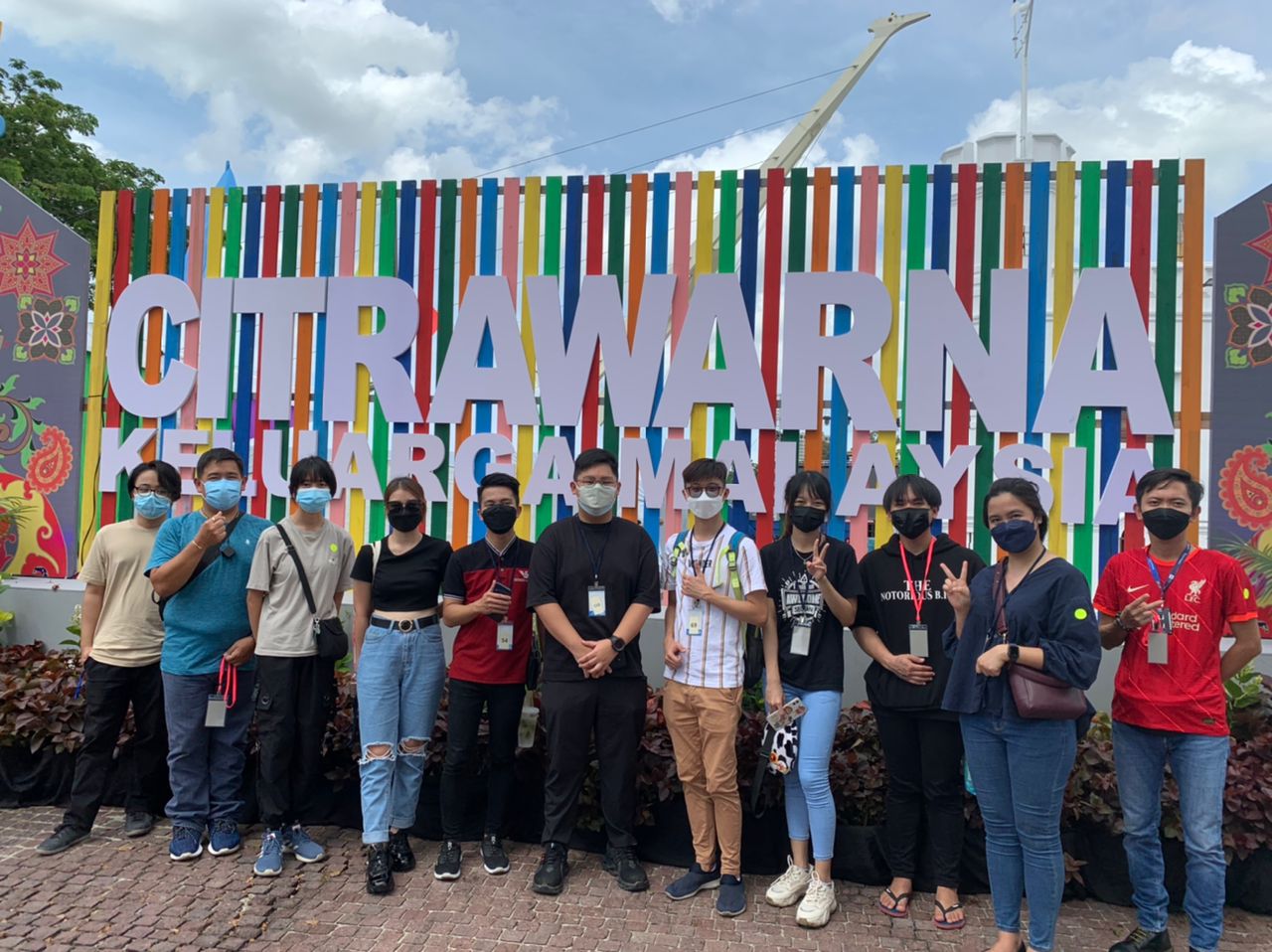By Chef Perseus Giter, Lecturer, Faculty of Hospitality
It has been two years since the Movement Control Order in Malaysia started on 18 March 2020 due to Covid-19 pandemic. Then, just when we thought that our lives would continue to be gloomy, there it was … a light at the end of the tunnel – a colourful event full of culture, music, and food from across Sarawak, gathering along the stretch of Kuching Waterfront from 24 to 27 February 2022, the famous Citrawarna Keluarga Malaysia 2022. This momentous event, formerly known as Citrawarna Malaysia, was jointly organised by the Ministry of Tourism, Arts and Culture (MOTAC) together with other local ministries of Sarawak and has indeed become the pride and joy of all people of the nation.
During the hustle and bustle of the busy weekends, when Sarawak was still trying to control the outbreak of the Omicron strains, a team of lecturers and eight students from the Faculty of Hospitality led by Mdm Dayangku Khairunnissa, Mr Gregory Poh, and Mr Perseus Giter managed to have a half-day tour visit to the event, which was divided into several areas – an exhibition hall, a performance stage, and a gastronomy hall, along with arts and crafts booths. The main exhibition hall was mainly catered to the Tourism Board from each state in Malaysia.
Among the areas that caught the eyes of fellow hospitality students was the gastronomy event area where there were varieties of foods and beverages available, ranging from local traditional to modern cuisine. The booth that attracted the lecturers and students the most was the Culinary Heritage and Arts Society Sarawak (CHASS) which displayed the traditional food from each ethnicity in Sarawak. Among the food that were on display is the popular Nuba Laya – rice wrapped in a type of jungle leaf called “daun itip”. It is mainly eaten by the Kelabit and Lunbawang people in the highlands of Sarawak, mostly in Bario and Ba’ Kelalan. The rice is a mushy type of rice, neatly wrapped in the Itip leaf and served with varieties of local dishes. At the booth, the palm sugar or Gula Apong-based pastry called “kuih penyaram” was also on display. Kuih penyaram is shaped like a Mexican Hat and is uniquely made with a mixture of wheat flour, rice flour and gula apong. The batter is then fried in a mini wok one at a time until it turns golden brown.
Next to the exhibition hall was the performance stage where the Sarawak traditional music performances were held. From the younger to older generations, beautiful sounds of the Kenyah Sape’ and the Malay Mukun, to the younger generation performing their talents for the guests that came from all over Malaysia, can be heard and witnessed. On the last day of the event, an interesting performance took place where a total of 250 Sape’ players across Sarawak gathered to perform in the largest Sape’ performance ever played on a specially designed floating stage, which was later recorded in the Malaysia Book of Records. Not far from the performance stage area, there was a stretch of 100-meter-long canopy which displayed the arts and crafts from various ethnicities in Sarawak. The arts and crafts ranging from beads work to wood carving and textile are all locally made and were also on sale to visitors throughout the event.
Indeed, the success of the event showed how well the organiser seriously ensured that SOPs were adhered to. We are about to move to the endemic phase soon and it only means that there will be more hospitality and tourism events to be held in Sarawak, in the future. Until then, stay tuned!





